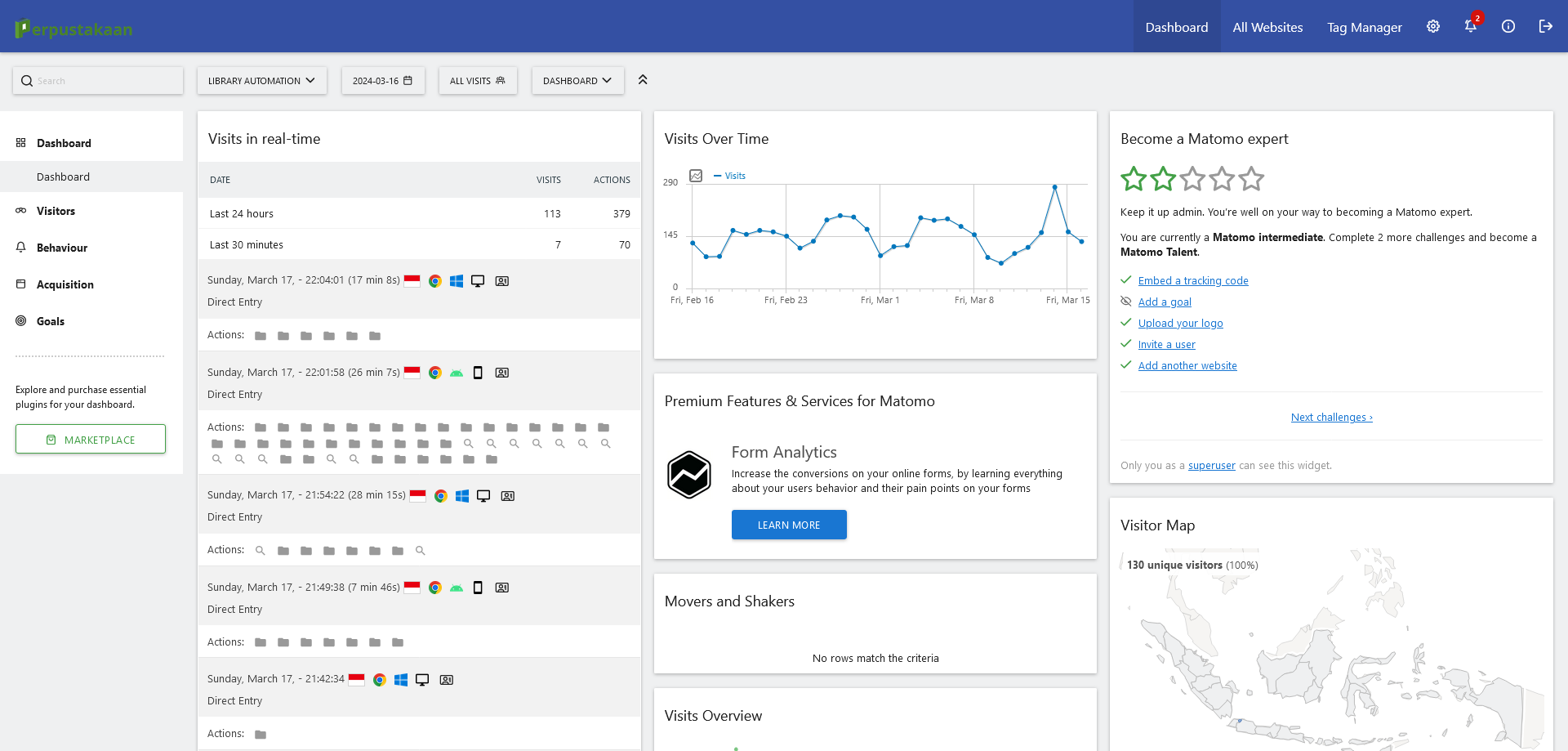Collection Details

Accessing conceptual representations for speaking
Indefrey, Peter - Nama Orang
FitzPatrick, Ian - Nama Orang
For speaking, words in the lexicon are somehow activated from conceptual representations but we know surprisingly little about how this works precisely. Which of the attributes of the concept DOG (e.g. BARKS, IS WALKED WITH A LEASH, CARNIVORE, ANIMATE) have to be activated in a given situation to be able to select the word ‘dog’? Are there things we know about dogs that are always activated for naming and others that are only activated in certain contexts or even never? To date, investigations on lexical access in speaking have largely focused on the effects of distractor nouns on the naming latency of a target noun. We have learned that distractors from the same semantic category (e.g. ‘cat’) hinder naming, but associatively related distractors (‘leash’) may facilitate or hinder naming. However, associatively related words can have all kinds of semantic relationships to a target word, and, with few exceptions, the effects of specific semantic relationships other than membership in the same category as the target concept have not been systematically investigated. This special issue aims at moving forward towards a more detailed account of how precisely conceptual information is used to access the lexicon in speaking and what corresponding format of conceptual representations needs to be assumed.
Additional Information
- Penerbit
- Michigan, USA : Frontiers Media SA (2016)
- GMD ( General Material Designation )
- Electronic Resource
- No. Panggil
-
418INDa
- ISBN/ISSN9782889450114
- Klasifikasi
- 418
- Deskripsi Fisik
- 141 p.; 23 cm.
- Bahasa
- English
- Edisi
- -
- Subjek
- Language
Humans
Comprehension - Pernyataan Tanggungjawab
- -
- Info Detail Spesifik
- -
- GMD
- Electronic Resource
- Tipe Isi
- text
- Tipe Media
- computer
- Tipe Pembawa
- online resource




